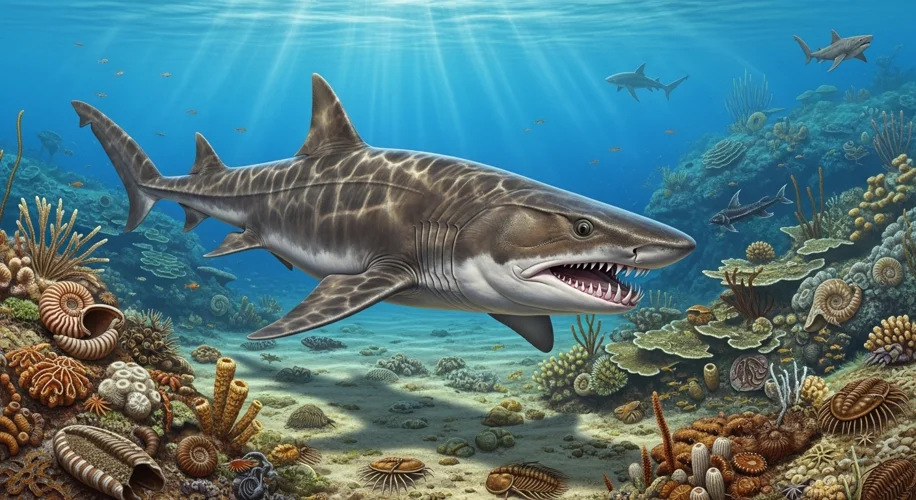It’s not every day that a new species of ancient shark is discovered, especially not in a place like Mammoth Cave National Park. But that’s exactly what happened recently, connecting a familiar natural wonder with the incredible story of prehistoric life.
Mammoth Cave, known for its vast underground systems, has unveiled a fascinating secret from millions of years ago. Paleontologists have identified a new species of prehistoric shark, christened Dracopriscus stylodens. What’s truly remarkable is where it was found: embedded in the ancient rock layers that make up the cave system.
This discovery wasn’t just about finding a new fossil. It’s a piece of a much larger puzzle, helping us understand what these lands were like long before humans, or even the caves as we know them, existed. Around 325 million years ago, during the Carboniferous period, much of what is now Kentucky was covered by a shallow tropical sea. This environment was teeming with life, including a diverse array of sharks.
Dracopriscus stylodens is thought to have been a moderately sized shark, measuring around 6 to 8 feet in length. Its most distinguishing feature is its teeth. Unlike many modern sharks that have serrated edges, the teeth of Dracopriscus were more cone-shaped with a distinctive, almost serrated ridge running down the center. These were likely adapted for grasping and holding onto prey, perhaps fish or other marine creatures common in that ancient sea.
The discovery site within Mammoth Cave is significant. Caves often preserve fossils well because they are sheltered from the elements. As geological processes unfolded over millions of years, sea levels changed, landmasses shifted, and eventually, the ancient seabed was uplifted and became the landscape we see today. Water then carved out the extensive cave systems, preserving these incredible records of past life within its walls.
This finding is a vivid reminder of how dynamic our planet is. The same place that offers us subterranean exploration today was once a vibrant marine ecosystem. It highlights the continuous process of evolution and the deep history held within Earth’s geological formations. For me, as a scientist who studies Earth’s systems, it’s a powerful illustration of long-term change and the resilience of life.
Understanding these ancient creatures and their environments can offer subtle insights into past climate conditions and how ecosystems responded. While this specific discovery doesn’t directly relate to modern climate change, the study of ancient marine life always enriches our broader understanding of ocean health and the factors that influence biodiversity over vast timescales. It reinforces the importance of continued scientific exploration, both above and below ground, to uncover the planet’s incredible story.

